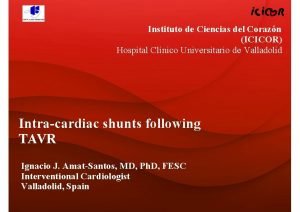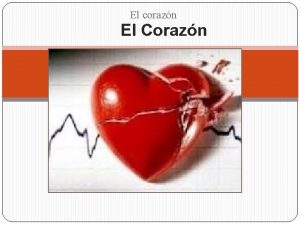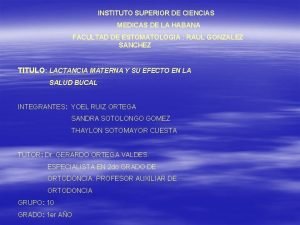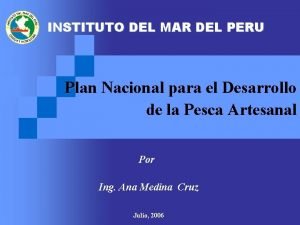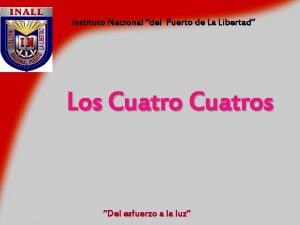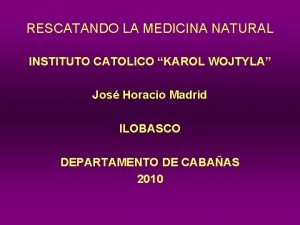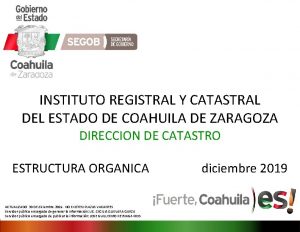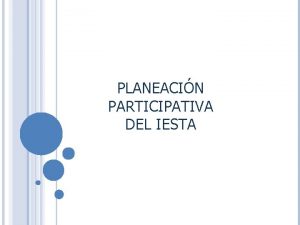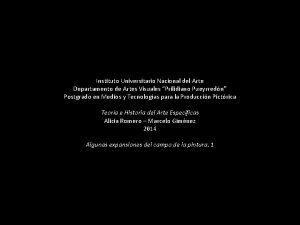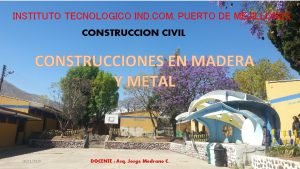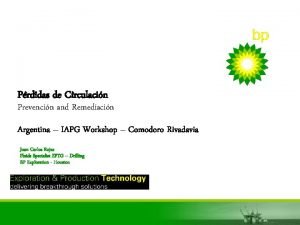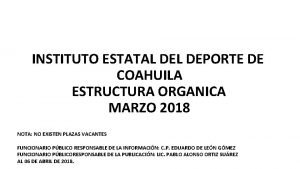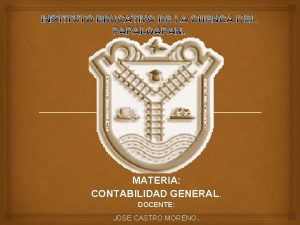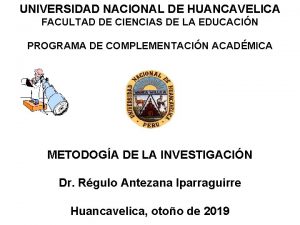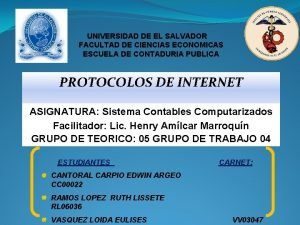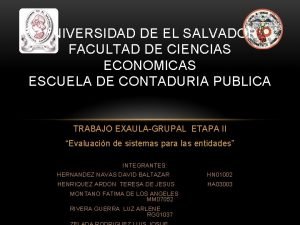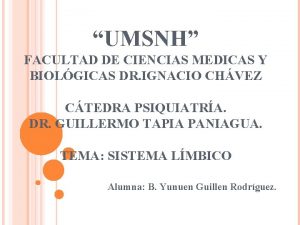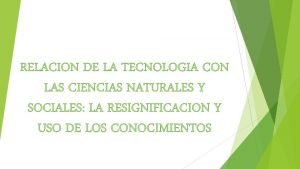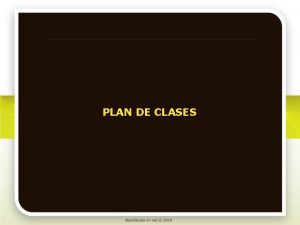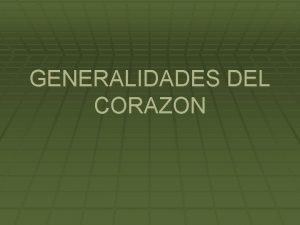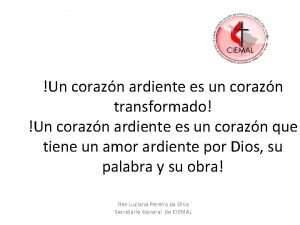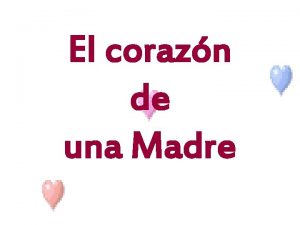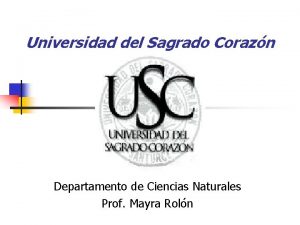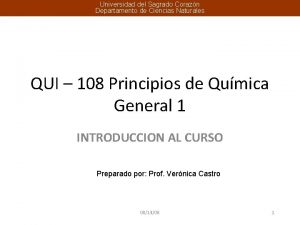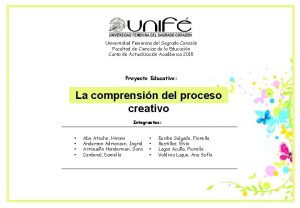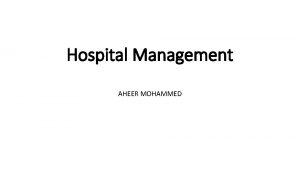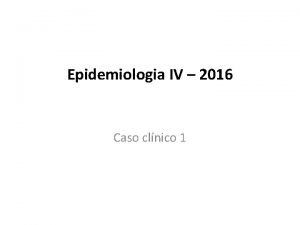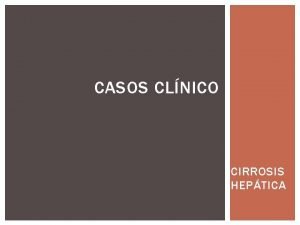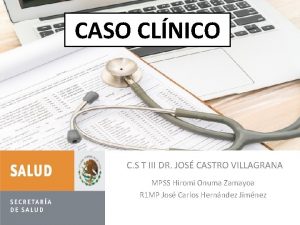Instituto de Ciencias del Corazn ICICOR Hospital Clnico
























- Slides: 24

Instituto de Ciencias del Corazón (ICICOR) Hospital Clínico Universitario de Valladolid Intra-cardiac shunts following TAVR Ignacio J. Amat-Santos, MD, Ph. D, FESC Interventional Cardiologist Valladolid, Spain

Dr. Amat-Santos Dr. Zunzunegui Dr. Rojas Dr. Rodés-Cabau Dr. San Román

Complications following TAVR • TAVR is considered a less invasive treatment option • Specific periprocedural and late cardiac (5% to 61%) and non-cardiac (5% to 84%) complications may occur (1). • Several registries have addressed the most prevalent and worrisome complications post-TAVR, enabling a better understanding of how to predict and manage these situations: • • • annular rupture (2), coronary obstruction (3), cardiac tamponade (4), conduction disturbances (5), infective endocarditis (IE) (6), stroke (7). 1. 2. 3. 4. 5. 6. 7. Hamm CW, et al. Eur Heart J 2016 Barbanti Met al. Circulation 2013 Ribeiro HB, et al. J Am Coll Cardiol Intv 2013 Rezq A, et al. J Am Coll Cardiol Intv 2012 Urena M, et al. J Am Coll Cardiol 2012 Amat-Santos IJ, et al. J Am Coll Cardiol Intv 2015. Nombela-Franco L, et al. Circulation 2012

- 2011 -


Intra-cardiac shunts • Intracardiac shunts (ICS) post-TAVR consists of an intracardiac fistulae that can occur immediatedly or delayed after TAVR procedure • ICS may share mechanisms with other lifethreatening post-TAVR complications, such as annular rupture • This complication had been poorly described

Mechanism of ICS Potential aetiology (hypothesis) 1. 2. 3. Mechanical compression of calcium Damage caused by sheaths / guidewires Infective endocarditis

lni di A Aortic Prosthes is st nt f me 9 pt (17. 0 ) Aort c Prosth sis I I 30 pts (56. 6%) lsolat d n iv valv 7 p s (13. 2%), 1 solat d prosthet ic valv 4 pts (7. 5%}, nd combin d h TAVI-IE 2 p s (3. 8%) §

Ca ete· za ion a Car 6 10 r 10 o C rlo Co co J. Am Baseline characterist'cs Journal (Year) Case reported Rev sp Cardiol 2015 Can J Car·d ol 20 4 Eur Heart J 2014 J horac Cardiovasc 2009 Age (years) 75 86 72 84 66 Gender Male Male 'AVI procedure detail Valve type Corc. Valve 26 Core. Valve 26 lnit'al symptoms AR degree Moderate Mild Moderate (months) 4 0. 2 NO . 5 Yes + Ventricular 6 I Organism w n h enuiermuli Staoh a u r e u f nterococcu jaecali Staph epidermidi, Cor nehw re, ium arrhythmia 3 J Thorac Cardiovasc 20()() 88 Male Moderate Ye Strep. am. ; inosus

Mechanism of ICS Potential aetiology (hypothesis) 1. 2. 3. Mechanical compression of calcium Damage caused by sheaths / guidewires Infective endocarditis

Aseptic ICS

Baseline characteristics. The first case was published in 2009 (22) and the last in 2016 3 cases with transapical fistulas 28 cases with aseptic intra-cardiac shunts



14. 3% prior chest wall radiation 39% coronary artery disease 10. 7% porcelain aorta CALCIFICATION 42. 8% severe aortic valve calcification (MDCT) 21. 4% asymmetrical extension to the LVOT.

Procedural characteristics • AVA: 0. 5+0. 5 cm 2, mean gradient: 53+10 mm. Hg • • Balloon-expandable TAVR: 85. 7% TF: 60. 7%, TA: 14. 3%, TSc: 3. 5% Post-TAVR moderate-severe AR: 1 pt Post-dilation: 14. 3% (not hemodynamic deterioration) • • Concomitant TAVR-related Complication: 39. 3%: AV block in 21. 4% Cardiac arrest in 7. 2% Cardiac tamponade in 7. 2%.

Development of AICS • 28 cases across 25 centers • Incidence ~ 0. 5% • • • Median time: 21 days (IQR: 7 -30) Intraprocedural diagnosis: 12 patients (43%) Mechanism: prosthesis / balloon / introducer • SYMPTOMS: • Heart failure (46. 4%) • • stroke (3. 6%) Asymptomatic (50%) • Mean Qp/Qs: 1. 8 + 0. 6 (range: 1. 3 to 3. 1)

Location of AICS

Tear (black arrows) in the aortic subannular region between the noncoronary valve and the right coronary artery, near a calcium nodule (white arrows).

Management & Outcomes

Mark SD, et al. J Am Coll Cardiol Intv 2015.


Management & Outcomes All deaths in symptomatic patients (p = 0. 020) More symptomatic if higher Qp/Qs (1. 9+0. 6 vs. 1. 4+0. 1)

Final comments Post-TAVR AICS are uncommon Symtomatic: High 30 -day mortality if un-treated Symptomatic & High-risk: Percutaneous shunt closure with low-profile closure devices Asymptomatic ? ? further evaluation if high Qp/Qs ratios
 Icicor
Icicor Musculos que sostienen las cuerdas tendinosas
Musculos que sostienen las cuerdas tendinosas Instituto superior de ciencias medicas
Instituto superior de ciencias medicas Iscs - instituto superior de ciencias de la salud
Iscs - instituto superior de ciencias de la salud Sechura
Sechura Define the hospital pharmacy
Define the hospital pharmacy Cuales son las diciplinas auxiliares de la historia
Cuales son las diciplinas auxiliares de la historia Clave del colegio de ciencias y humanidades plantel sur
Clave del colegio de ciencias y humanidades plantel sur Instituto nacional del puerto de la libertad
Instituto nacional del puerto de la libertad Logo del instituto catolico karol wojtyla
Logo del instituto catolico karol wojtyla Organigrama instituto municipal de la mujer
Organigrama instituto municipal de la mujer Instituto catastral y registral
Instituto catastral y registral Iesta
Iesta Rouen cathedral set v
Rouen cathedral set v Ciclo de vida de un documento
Ciclo de vida de un documento Cerchas espaciales
Cerchas espaciales Instituto del petroleo
Instituto del petroleo Instituto estatal del deporte de coahuila
Instituto estatal del deporte de coahuila Instituto educativo de la cuenca del papaloapan
Instituto educativo de la cuenca del papaloapan Clasificacion de las ciencias segun mario bunge
Clasificacion de las ciencias segun mario bunge Universidad de el salvador facultad de ciencias economicas
Universidad de el salvador facultad de ciencias economicas Unionpyme easy software contable gratuito
Unionpyme easy software contable gratuito Facultad de ciencias medicas y biologicas dr ignacio chavez
Facultad de ciencias medicas y biologicas dr ignacio chavez Que es resignificación en tecnología
Que es resignificación en tecnología Plan de clases de ciencias sociales
Plan de clases de ciencias sociales
